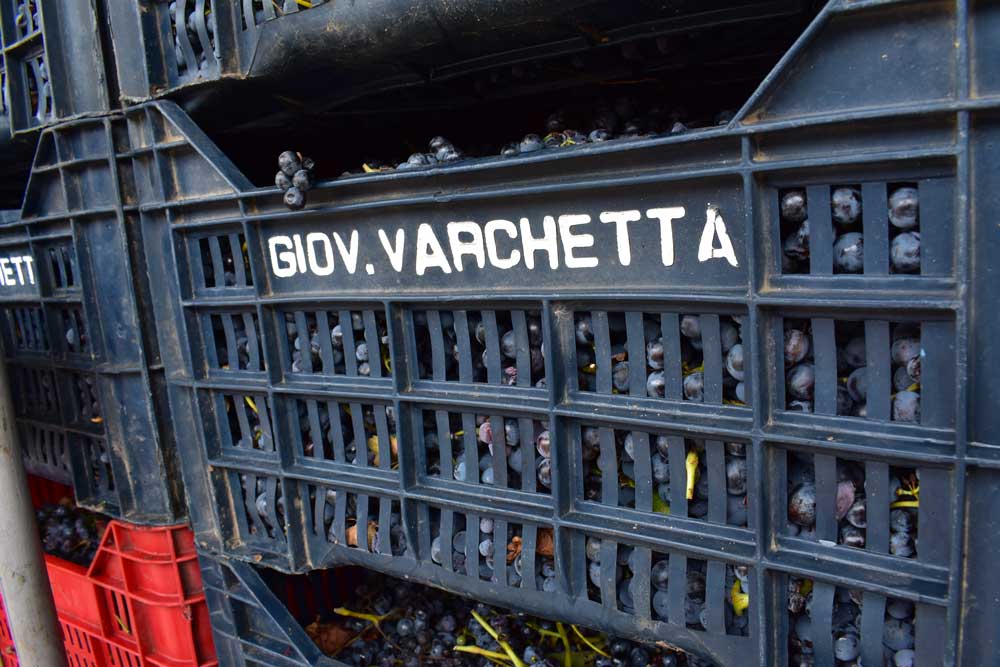A long tradition since 1891
The Varchetta family is a historic family of Campanian winemakers.
For four generations, with the eyes of those who have never stopped dreaming, we have been dealing with wine.
We do it with passion, because making wine, doing it this way, is not a romantic vocation but the only way to withstand the variability, the unknowns and the effort of those who do this profession who have no shortcuts.
All the grapes from which our wines are produced are selected from the most suitable vineyards. The entire production process, from running the vineyard to harvesting the grapes, is done exclusively by hand, to ensure better control and selection during processing and to safeguard all the organoleptic characteristics during the winemaking phase.

Campania and the historical originality of the vineyards
Campania has always been a land rich in good wines.
The territory of the region is very varied, both morphologically and in terms of climate, allowing the survival of vine varieties unsuitable in other environments and the selection, in each area, of its own vines that have adapted over time.
The nature of the soil has prevented the spread of phylloxera and the replacement of original varieties in many vineyard areas between the end of the 19th and 20th centuries.
In the outermost areas (Naples) of Campania, we find volcanic soils rich in ashes and lapilli. This light and warm soil has allowed phylloxera not to penetrate and not to destroy the vine, making this area a treasure chest rich in varieties; among these, Piedirosso and Falanghina stand out.
In the more internal areas (Avellino, Benevento), characterized by colder winters and more compact and clayey soils, the vines are raised on these soils to draw strength and warmth. Here reside the most famous Campanian vines worldwide: Greco, Fiano and Aglianico. Despite numerous researches, the varietal heritage and the territory-typicality link of this region is still rich in unexpressed resources.
This undoubtedly represents one of the fundamental elements for the future of Campanian oenology and viticulture.

